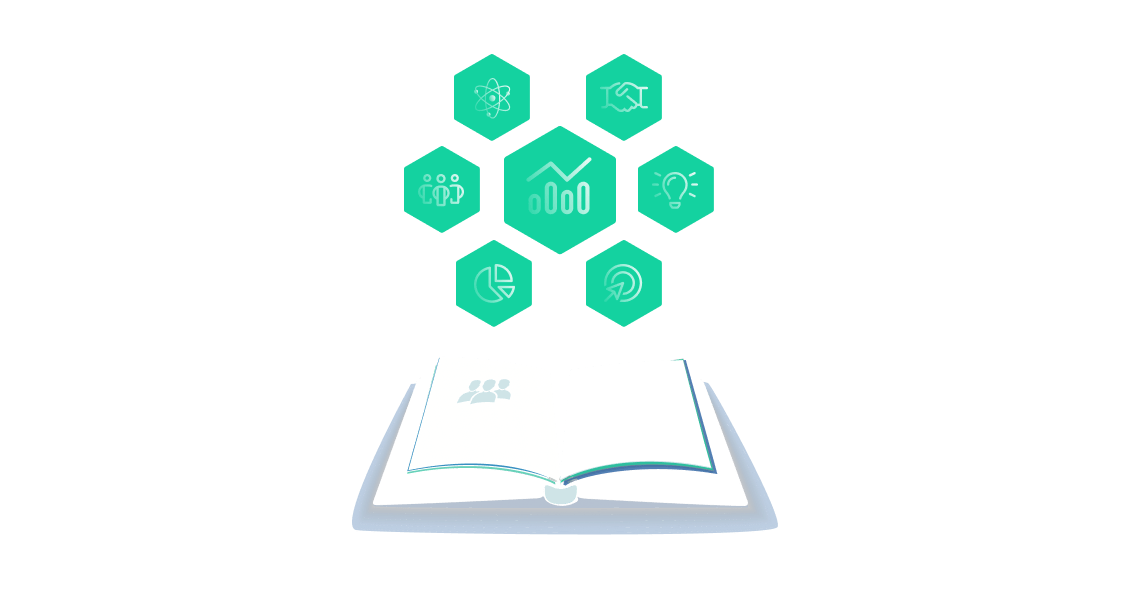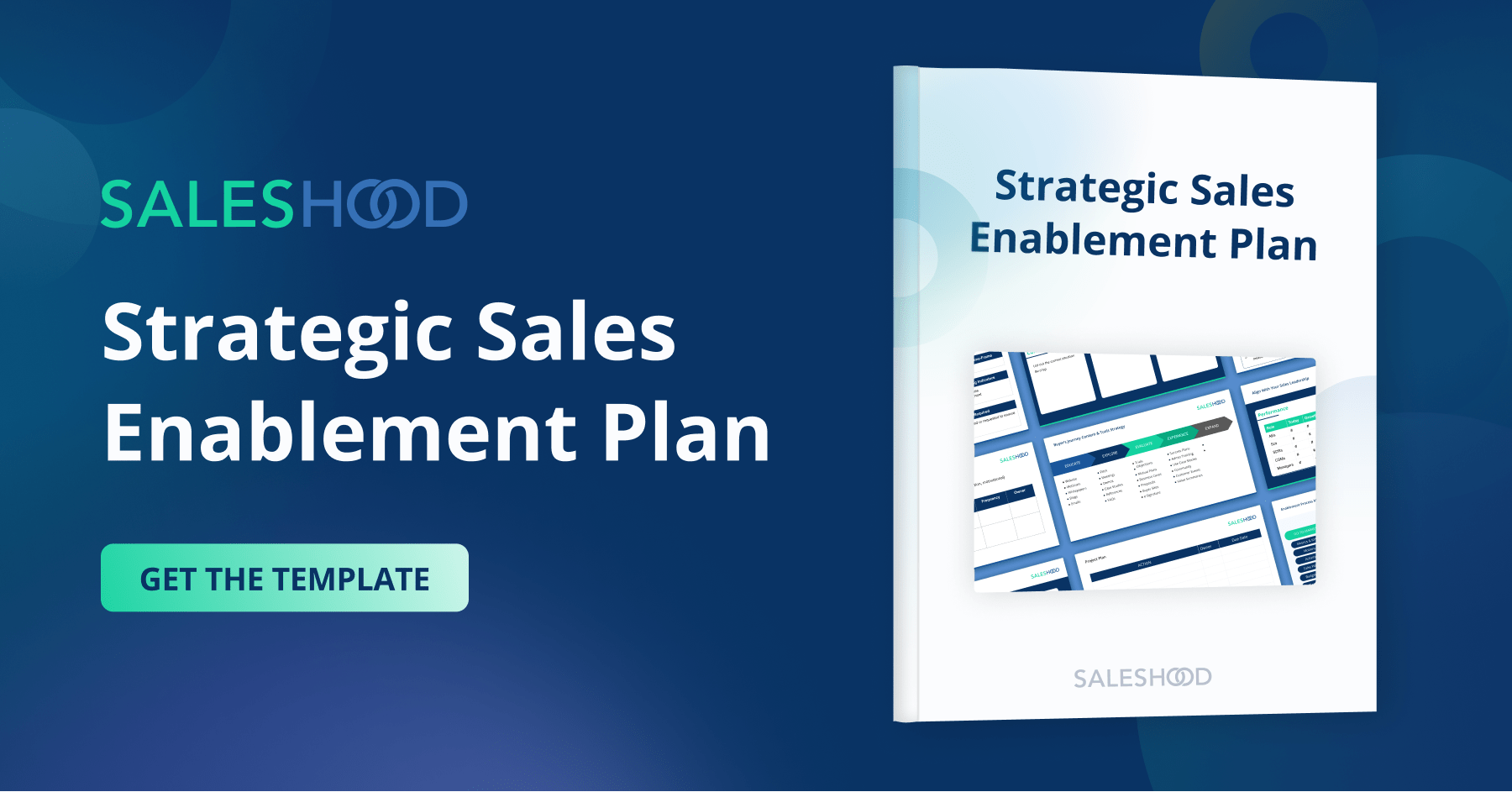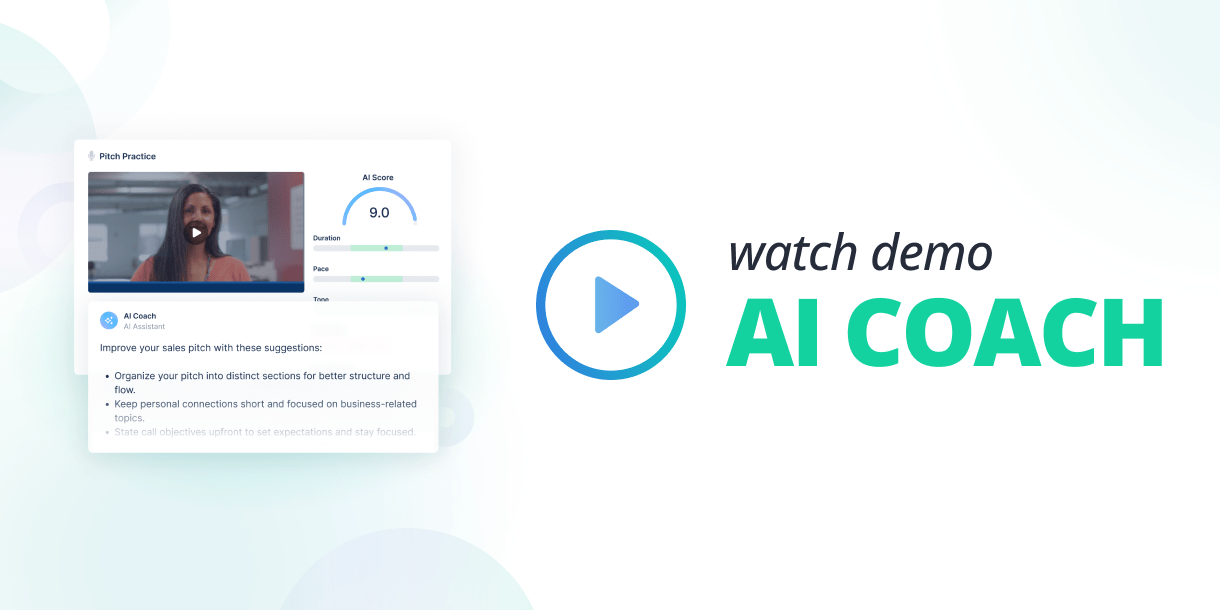We live in an era where people expect a dynamic sales content library that’s searchable and personalized with recommendations. The old static file repository of materials is not how we should be thinking of a modern sales content library. We get asked all the time: What should be in a sales content library? Before we get into the best practice list, there are some fundamental principles that should be followed in a sales content library. The library must be well organized. It must be visual. It must be searchable. Make it be a one stop shop so your people go to less places to find what they need to successful. Here are some of the content items to create for your sales content library. You don’t need all the items. Use what makes sense for your product and go-to-market. You’ll ideally want to partner with marketing to create all this content, so you don’t have to create all this material on your own.
Must have enablement content
Buyer personas: Document buyer profiles including their roles, attributes, the problems we solve for them, compelling or trigger events, and how to communicate with them. Elevator pitch: Create a short elevator pitch with coaching on value, customer proof points, engagement, and length. Make this content available in video and text. Include the talk track and script if necessary too. There should short and long versions and create one for voice mails too. Corporate presentations: Create a first call presentation with slides and speaking notes. Share slide examples created and used by top performers. Have video recorded versions too. Email templates: Create a central place for your teams to find and share their best email templates by persona and by sales stage. These winning email communications are hugely beneficial especially for new hires. Sales process: Document and share the sales process. Include all documentation to understand how to move through the process faster. The library should house sales methodology documentation, qualification criteria, stages, give/gets, forecasting, activities, value calculators, and success tips. Include supporting materials to help use the sales and customer relationship management systems like Salesforce. Product playbooks: Put all product information including training, pricing, data sheets, and how to sell in the Library. Competitive battle-cards: Include videos and exercises on competitive overviews, strengths, weaknesses, handling competitive objections, and planting traps. Also include a competitive landscape and matrix of all the players compared against one another. Deal win stories: Keep win stories in one central location for your teams to search by segment, industry, buyer, geography, and product. Customer stories and references: Create a library of customer stories that are both written and in video and organized by segment, industry, buyer, geography, and product. Frequently asked questions (FAQs): Write down the most common questions your teams and provide the answers to them. Resources: Create list of people and system resources to help your teams be more successful. Industry trends and white papers: Make the files easily available and searchable. They are important to help salespeople understand the context of what’s going on the industry and what analyst think of their offerings and their competitive offerings too.
Final tips
- Organize the content visually in folder so they are easy for yours teams to find and consume.
- Content should also be flagged as internal and external.
- Make it easy for your teams to share content from the Library with their prospects and customers.
- Make sure content in the Library is powered by a modern content management system serving the right content, at the right time, and in context for your teams.
Here’s a related blog on sales enablement best practices for marketers. Click to read.




